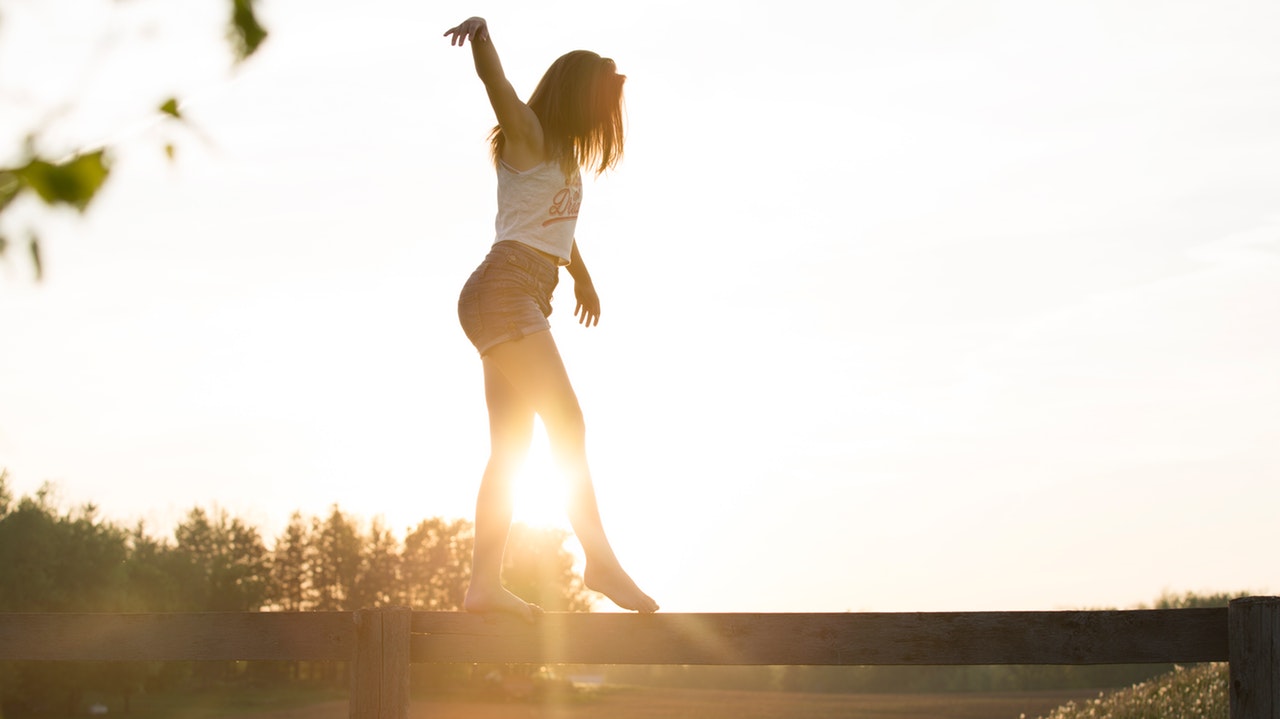What can you do to achieve a better physical balance in life? How can you restore your own balance?
In previous blogs, two patterns have already become clear that pain does not help, crossing your boundaries or avoiding too much. You could also compare these patterns with exertion and relaxation. When crossing borders the effort is too great, when avoiding there can be too much relaxation. The balance is disturbed, as it were. If the alarm system in our brain works well, most people will seek relaxation at the right moment or they will exert themselves (physically) for a while. This is often done automatically, because we feel that it is better to get up and move, or just take a rest.
The disturbed physical balance
With chronic pain this can be a lot more difficult. Sometimes you may be in pain when you're doing household chores, other times you may not. Sometimes you may just want to do something and go on, while at other times you don't succeed. The physical balance between in- and relaxation can be disturbed by this and can no longer be automatic. Your brain needs to learn a new balance, as it were.

Learning a new physical balance often works best by first following a fixed rule for a while. In the next blog you can read which rule you can apply for this.
In order to become well aware of your current day pattern, it helps to keep track of your daily activities and how much time you have spent on them for a while, for example in a diary or diary. You can do this for about three days to become well aware of your activities.
Assignment
- Make an overview for the coming days, including an overview of:
- What activity you do
- At what time of day
- Whether this was an in or relaxing activity
